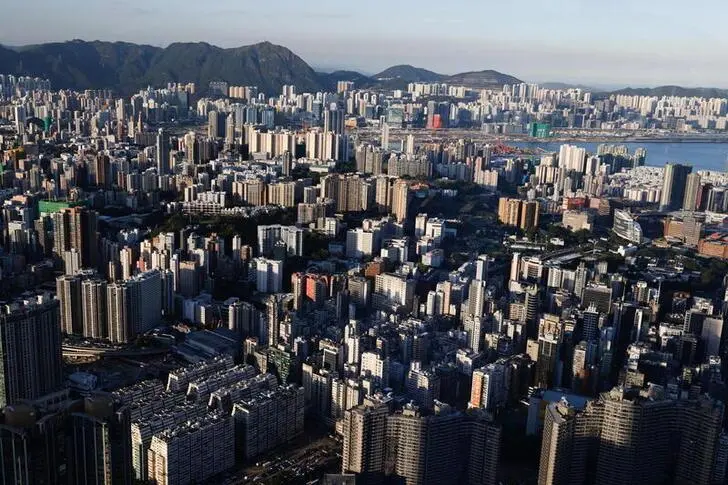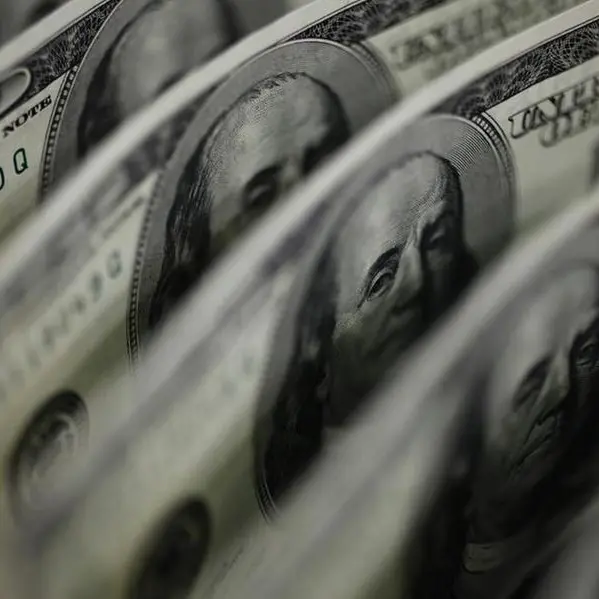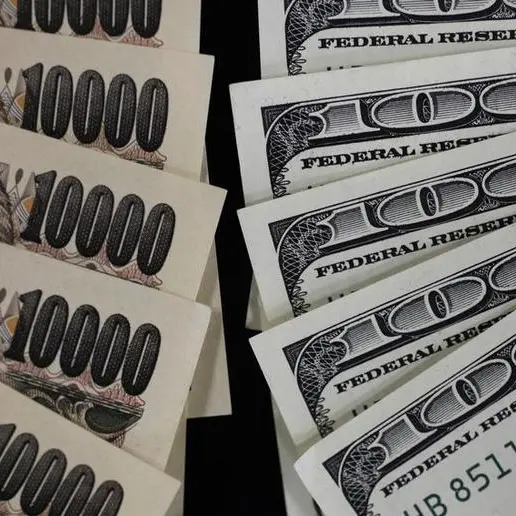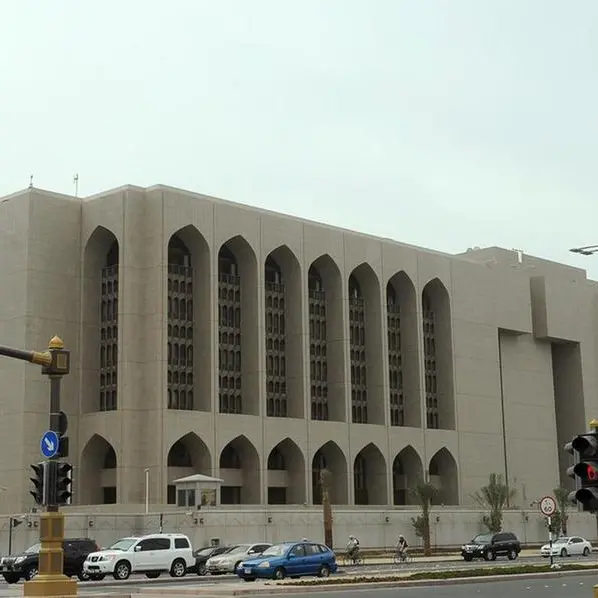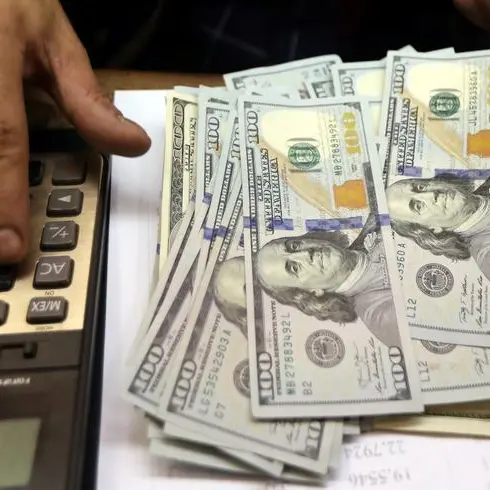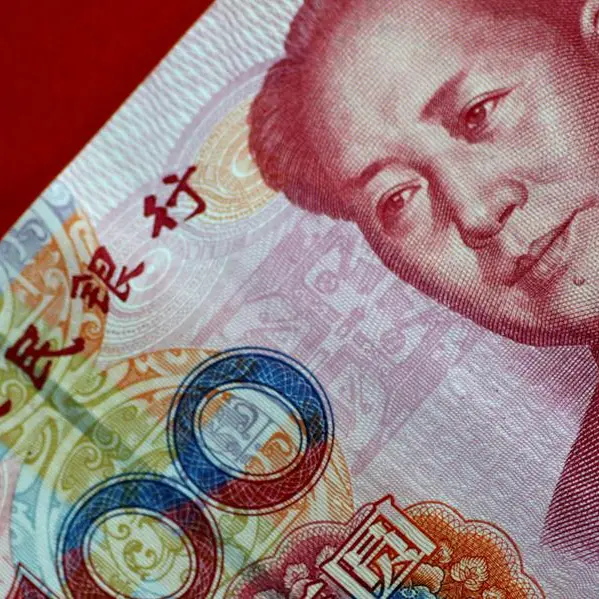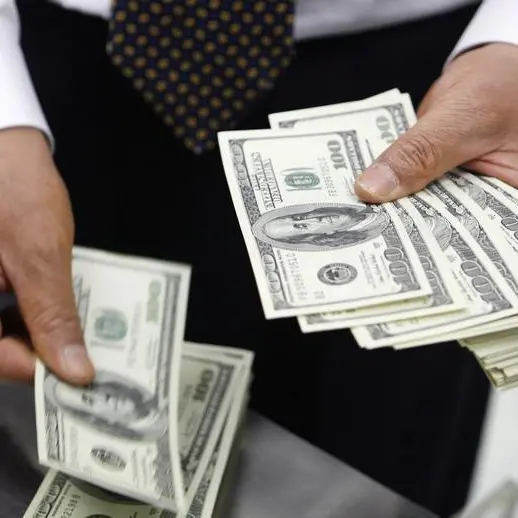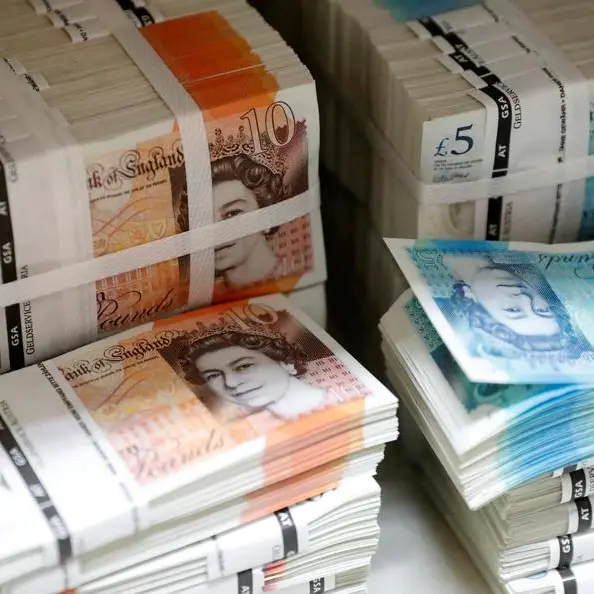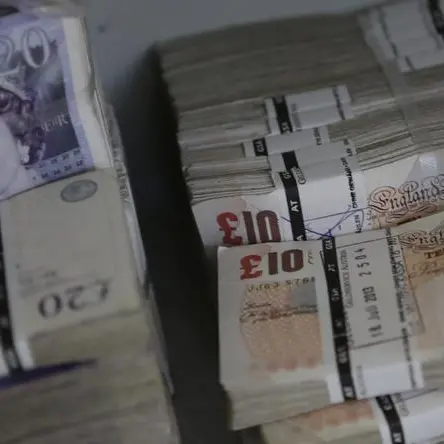PHOTO
ORLANDO, Fla. - Hong Kong's currency regime is under pressure like never before, caught between the United States and China, which are at polar opposite stages of the economic and monetary policy cycles.
In preserving the 39-year old currency board's peg to the U.S. dollar, the Hong Kong Monetary Authority is having to match the Federal Reserve's steep interest rate increases - completely out of kilter with mainland China's easing and the last thing the shrinking domestic economy needs.
The HKMA's resolve to keep the Hong Kong dollar in the 7.75-7.85 per U.S. dollar band it has been in since the currency board's inception in 1983 is not in doubt. It has overcome every challenge since then, most notably in 1998 when its market intervention included buying large amounts of domestic stocks.
But with the U.S. central bank on its most aggressive rate-hiking campaign in 40 years and Chinese growth near its weakest in that time, there is a cost. Not only are Hong Kong interest rates rising, they are climbing faster than U.S. and Chinese rates - the HKMA is having to pay a premium to protect the currency board.
"This is what you get when you peg yourself to the dollar. Every Fed hiking cycle, the HKMA comes under pressure, and this is the most aggressive Fed cycle in the Hong Kong dollar peg's history," said Phil Suttle, founder of consultancy Suttle Economics in Washington.
"In that sense, this is the biggest test ever for the HKMA," added Suttle, a former New York Fed and World Bank economist.
SKY-HIBOR
The HKMA is draining money market liquidity to support its currency, reducing banks' aggregate cash balance at the HKMA to a two-year low of HK$100 billion. It was more than HK$400 billion a year ago and over HK$300 billion as recently as June.
One-month and three-month interbank rates have hit their highest levels since the Global Financial Crisis, and overnight rates recently pierced 3%, higher than two-week rates and briefly inverting the ultra-short end of the curve.
The gap between benchmark three-month interbank rates over U.S. and Chinese equivalents is widening - the biggest in two years over U.S. 'LIBOR', and the largest over Shanghai 'SHIBOR' since at least 2006.
Higher interest rates are bad news for an economy that shrank at a 4.5% annual rate in the third quarter, but may be required to keep capital in Hong Kong.
Data from fund flows tracker Lipper show that investors pulled around $365 million out of Hong Kong equity and debt markets in the June-October period. That doesn't sound like a lot, but the January-May balance was a $2.5 billion net inflow.
Money fleeing China could be more problematic. Many investors use Hong Kong as a proxy for exposure to China, the yuan is at a 15-year low, and outflows are accelerating.
According to the Institute of International Finance, daily outflows from Chinese equities in late October topped $325 million, a record since it started tracking the data eight years ago.
Analysts at Goldman Sachs estimate that foreigners hold around $1 trillion of Chinese stocks. Up to $200 billion of that amount could be at risk if global funds "meaningfully" cut their Chinese equities allocation.
But they are cautiously optimistic that higher Hong Kong interest rates will support the Hong Kong dollar.
"We do not expect changes in the HKD peg regime in the near future. The monetary base is fully backed by highly liquid USD assets, and the interest rate differentials have tightened significantly, alleviating pressures of capital outflows," they wrote in a note last week.
1998
The HKMA's currency board is one of the few left in the world. It was set up in 1983 and the 7.75-7.85 per U.S. dollar band was introduced in 2005. The HKMA keeps the band intact by buying or selling local currency when needed, and ensures that the domestic money supply is fully backed by FX reserves.
The last major challenge it faced was in 1998. The Russian debt crisis and Long-Term Capital Management crash were battering emerging markets, capital was fleeing Hong Kong, the Hang Seng stock market had tanked 45% in five months, and interbank lending rates were 15%.
The HKMA took what was then a highly unconventional step - it intervened in the stock market, buying $15 billion worth of securities, around 8% of the Hang Seng's market cap.
It worked. The Hang Seng has never looked back, and unlike the Bank of England six years earlier, the HKMA successfully defended its currency against speculative attack. It even made a profit on its stock purchases.
The situation now is different, but there are parallels.
The Hang Seng has lost a third of its value this year, and the tech sector has slumped 45%. Hong Kong's FX reserves are at a five-year low of $420 billion, down 15% over the past year.
(The opinions expressed here are those of the author, a columnist for Reuters.)
(By Jamie McGeever; Editing by Paul Simao)
